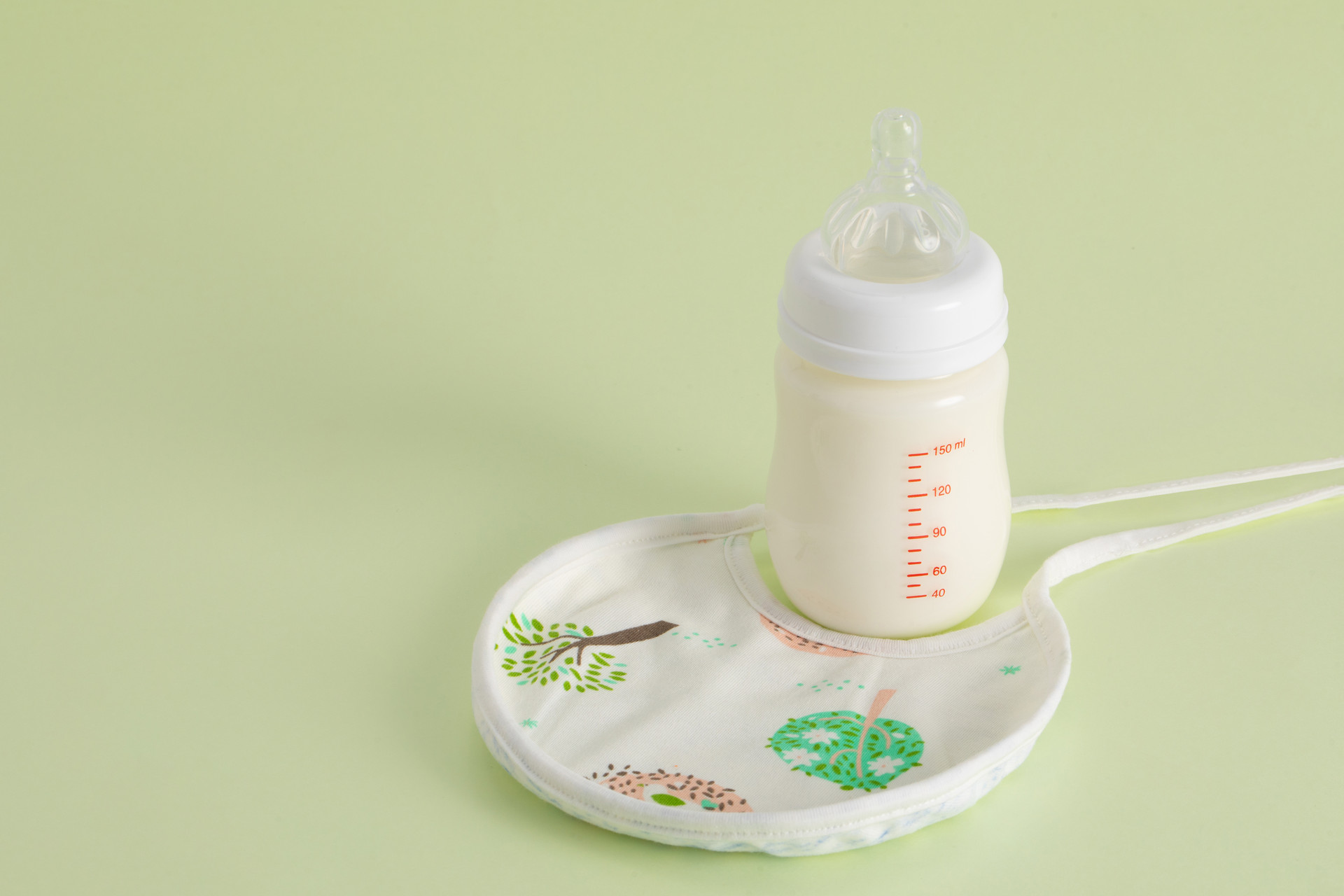Can children have dislocated cervical vertebrae from sleeping with a high pillow?
7-year-old child Xiaohua (pseudonym) usually likes to sleep with his father's high pillow. Suddenly, one day, he woke up and complained of "head and neck pain". At first, his mother didn't pay attention to it, but shortly after getting up, Xiaohua complained of head and neck pain again and had difficulty turning his head, feeling like his whole neck was "twisted". The frightened parents immediately took their child to the hospital. After examination and imaging, experts diagnosed him with semi-dislocation of the cervical vertebrae. After traction with a cervical collar, Xiaohua finally recovered and was discharged from the hospital yesterday.
Experts explained that the first cervical vertebrae connected to the skull are called the atlas, and the second cervical vertebrae are called the axis. They are shaped like rings and together with the surrounding ligaments, they form the atlantoaxial joint. This joint has a large range of motion and is responsible for most of the head rotation. However, it is also relatively fragile. If a child forcefully moves their head and neck, such as suddenly extending or twisting it while sleeping with a high pillow, it may cause dislocation of the cervical vertebrae, resulting in head and neck pain or difficulty turning the head. In severe cases, there may be neurological dysfunction.
Colds and fevers can also cause joint dislocation
"There is also a situation that few parents can pay attention to. If a child has recently had frequent colds, fevers, tonsillitis, accompanied by dizziness, headache, and tilting the head to one side, attention should be paid to whether there is semi-dislocation of the atlantoaxial joint." The expert said that because the atlantoaxial joint is close to the throat, inflammation in the throat, especially the posterior wall of the throat, can affect the atlantoaxial joint, causing congestion in the vertebrae, relaxation of ligaments and joint capsules, and further instability, leading to semi-dislocation of the cervical vertebrae.
"Recently, there have been multiple cases of cervical joint dislocation in young children due to colds and fevers caused by large temperature changes and weakened bodies." The orthopedic specialist reminded parents not to forget to protect their children's necks when they have a cold. Once restricted neck movement, weakness in lifting the head, or complaints of neck pain are noticed, immediate medical attention should be sought.
When should children seek medical attention?
The orthopedic specialist reminded that in general, for children who have mild trauma, no significant reasons for waking up with a twisted neck, or experience neck pain and difficulty turning the head after a cold, these symptoms should not be taken lightly and medical attention should be sought promptly.
How to treat after semi-dislocation is found? The expert said that the main treatment is traction with a cervical collar. First, bed traction is recommended, and it is generally advised to maintain traction for 24 hours. During the traction process, attention should be paid to breathing, especially at night. Due to the child's less autonomous response compared to adults, extra care should be taken to prevent the collar from slipping and affecting breathing, which can potentially lead to suffocation.
The orthopedic specialist said that usually, after effective traction for one week, most cases of semi-dislocation of the atlantoaxial joint can be reset. After that, the neck collar should be worn for 1-2 weeks for better recovery. For a small number of children with difficult traction or habitual dislocation, more attention should be paid. At this time, further investigations should be carried out to find the cause, and surgical treatment should be considered if necessary.











